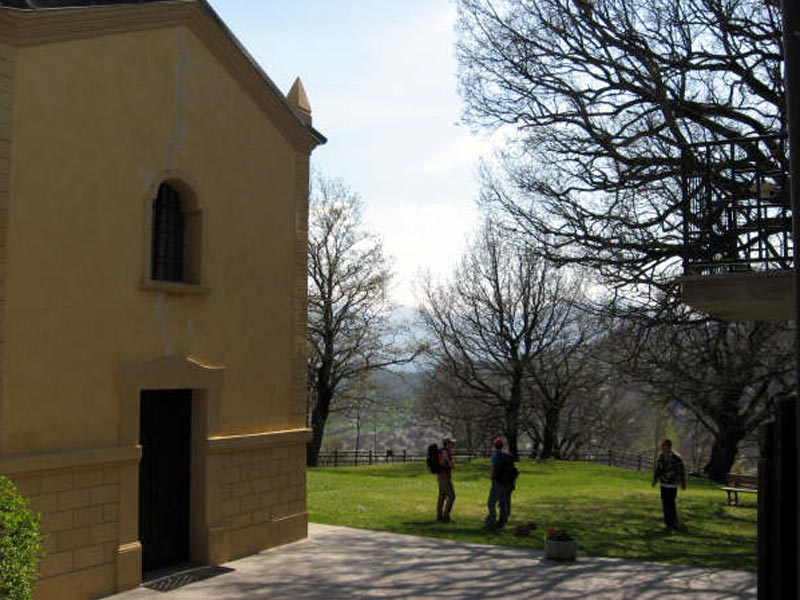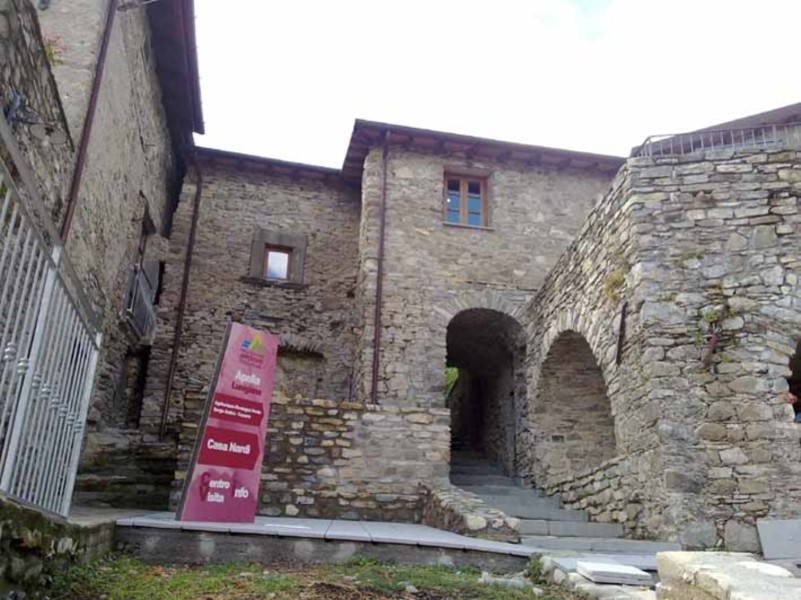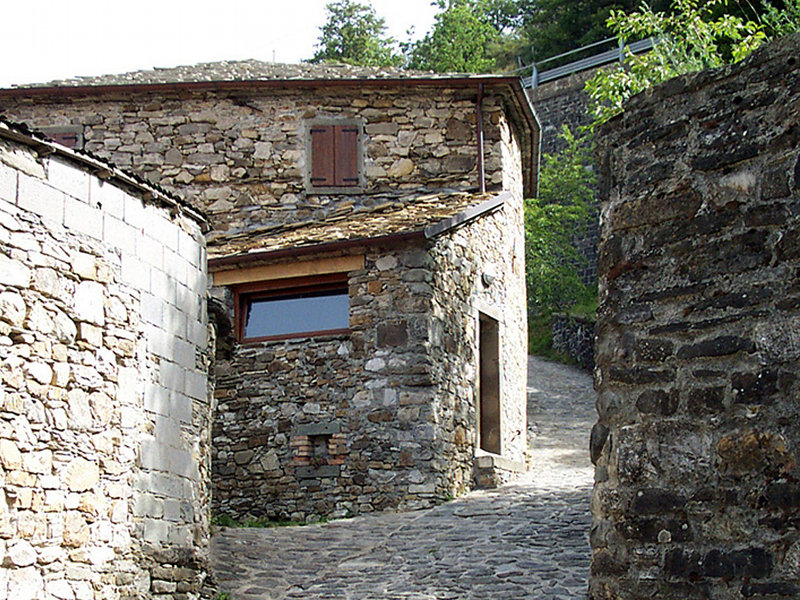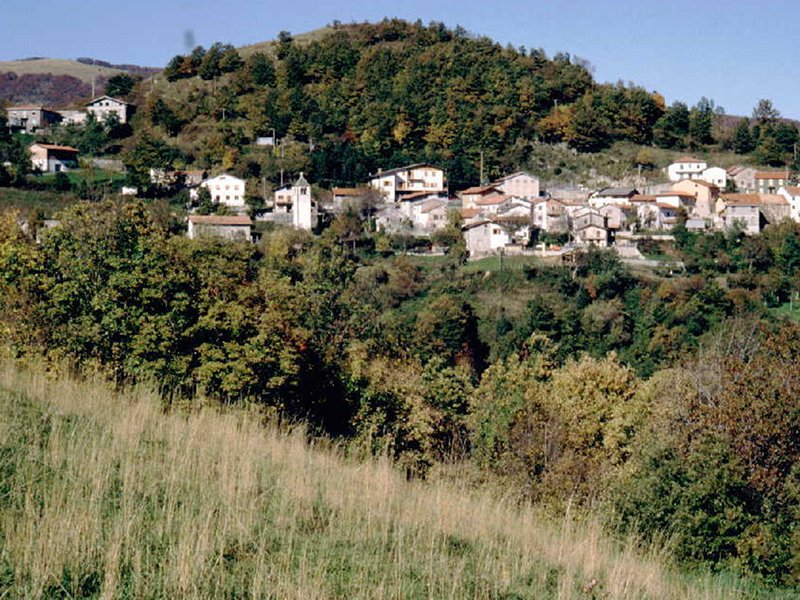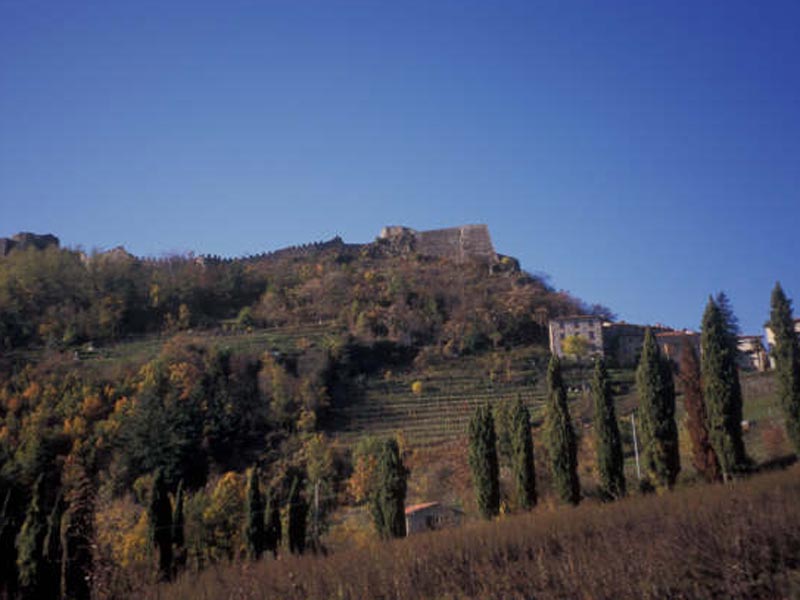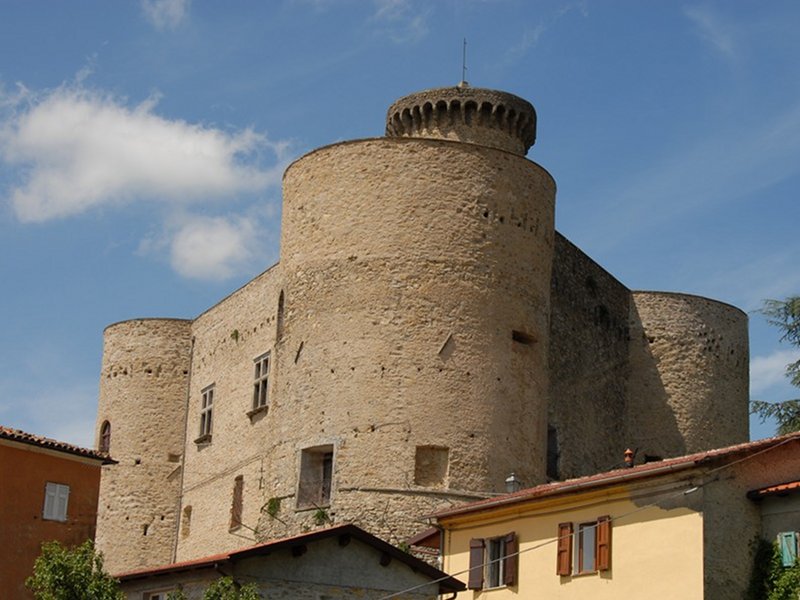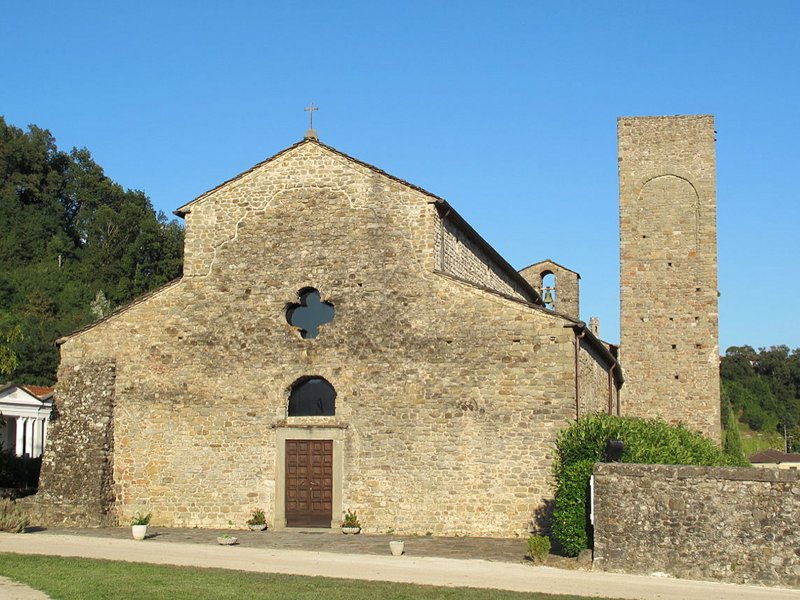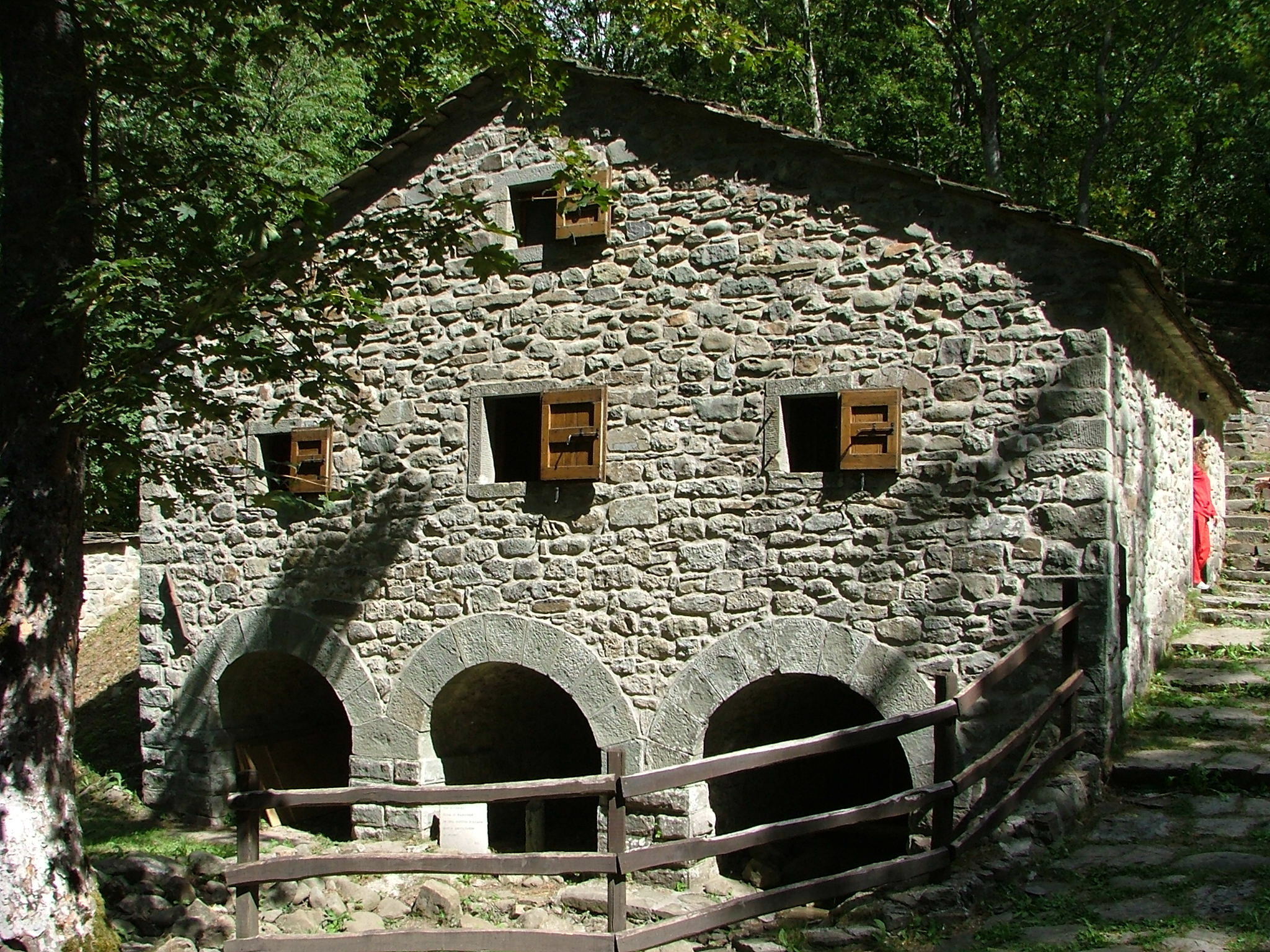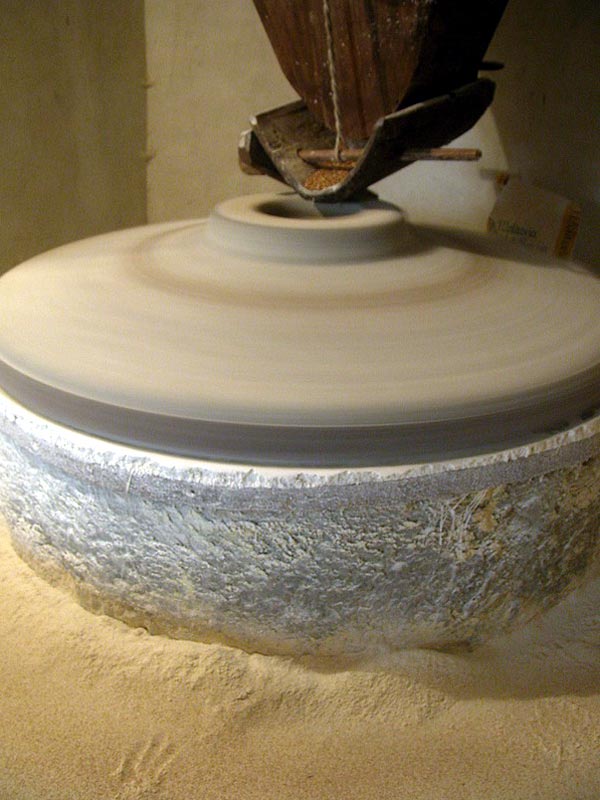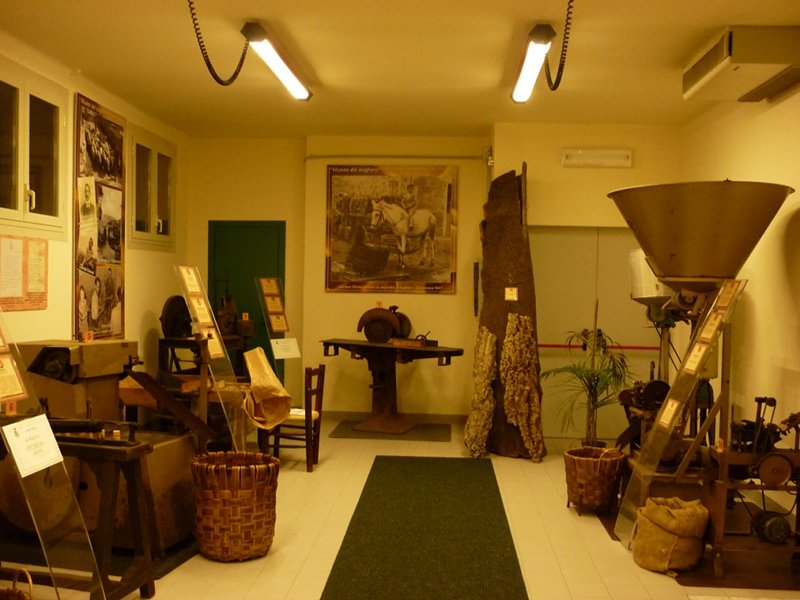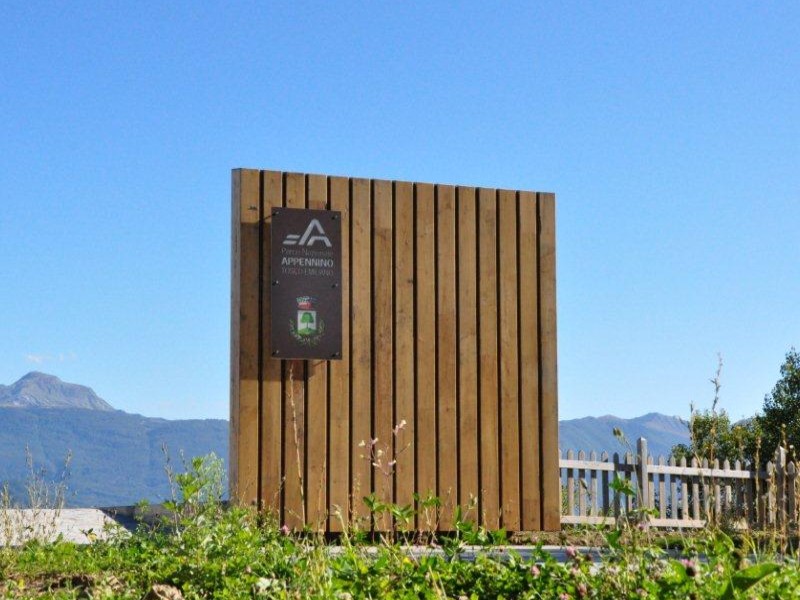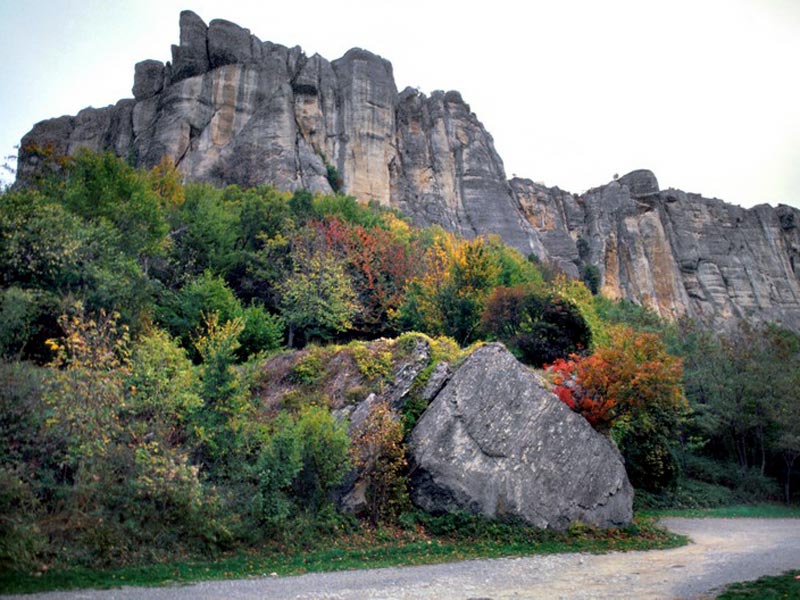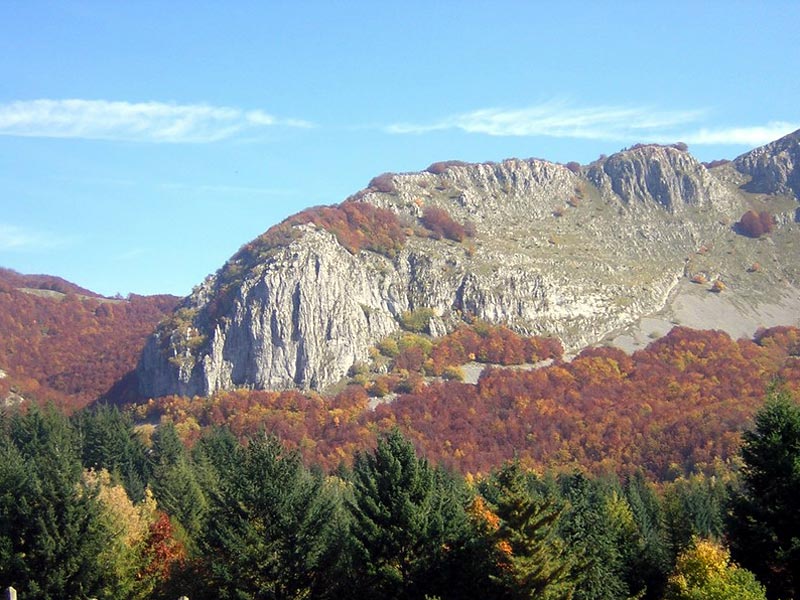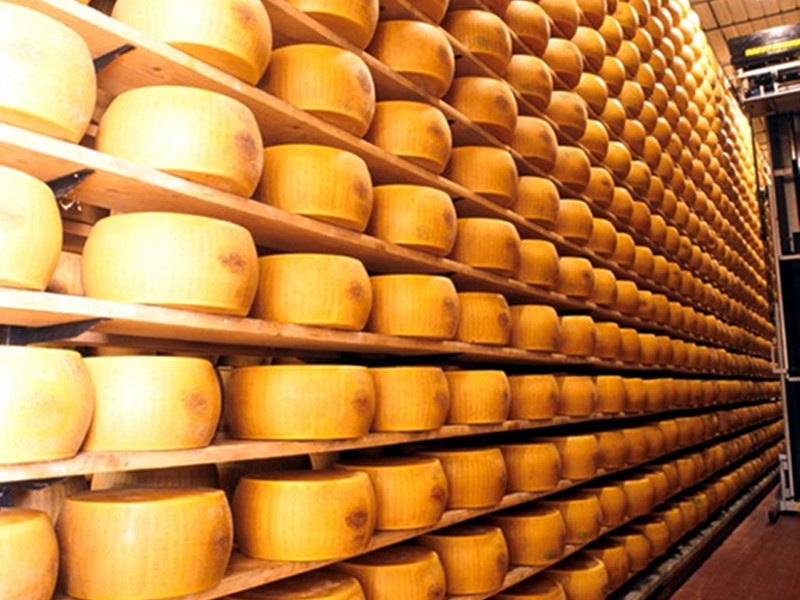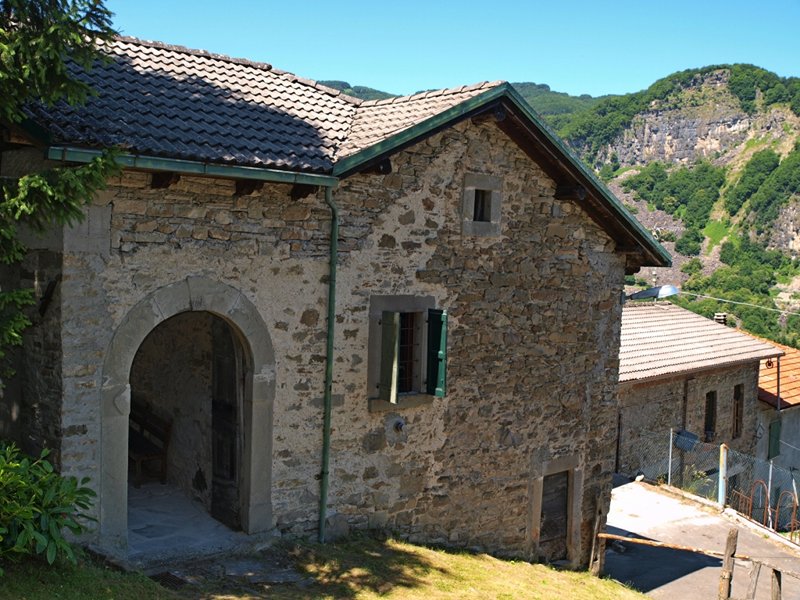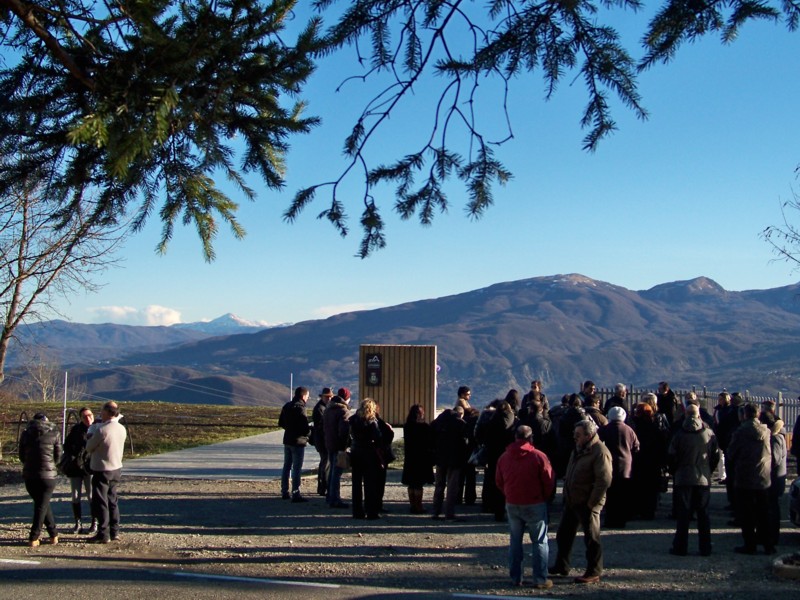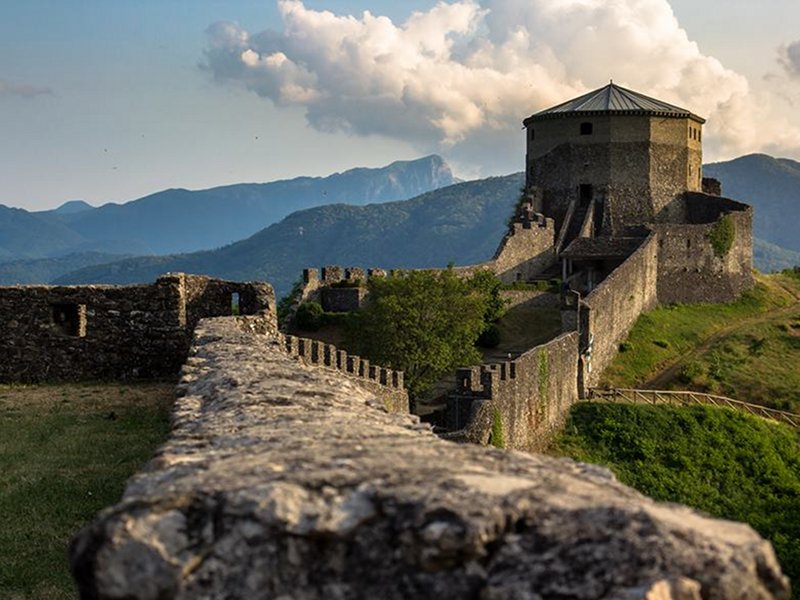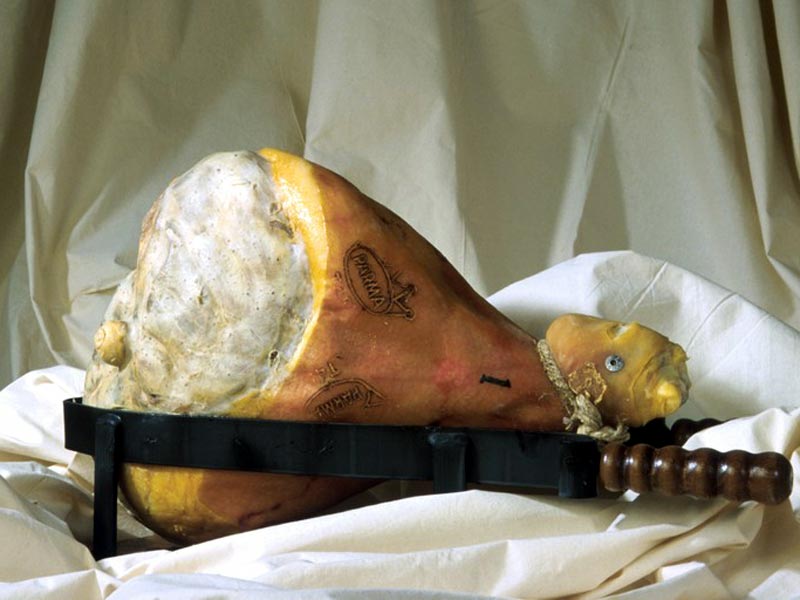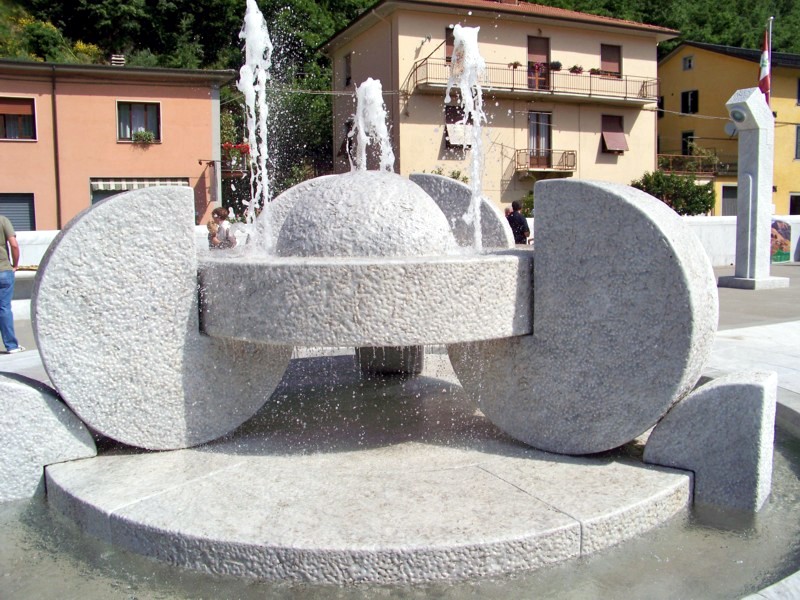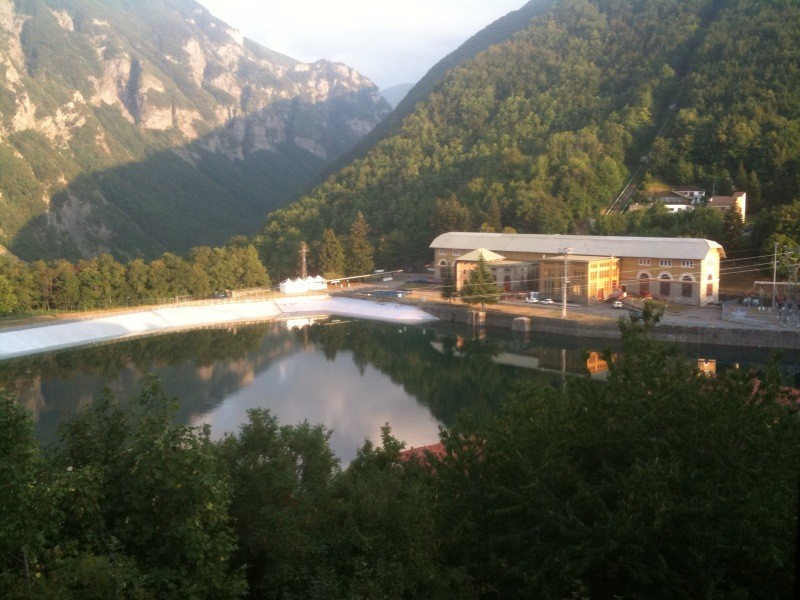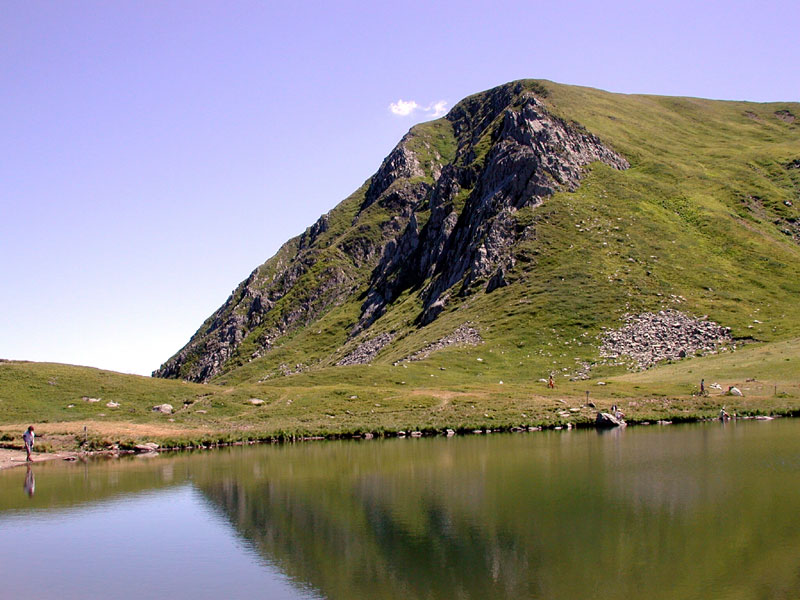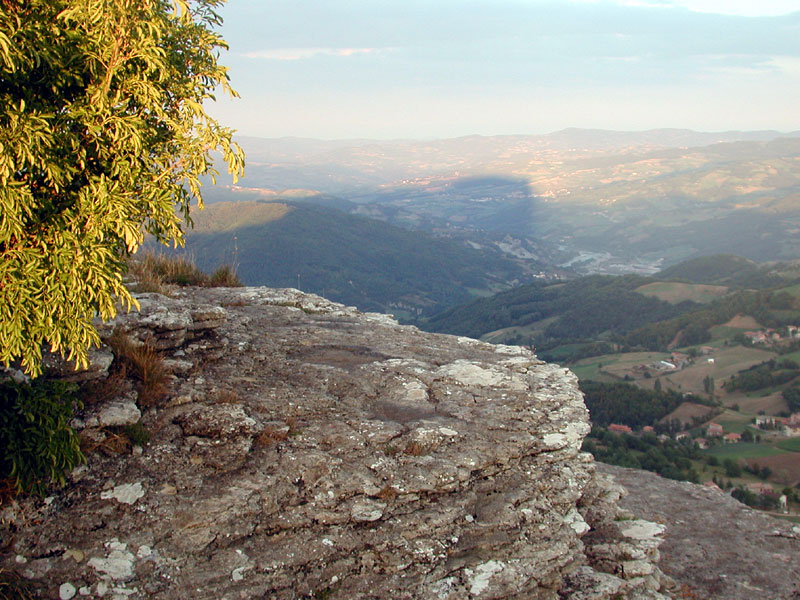Parco Nazionale Appennino Tosco-Emiliano
www.parcoappennino.itPoints of Interest
Cultural Heritage
While describing the features of the Park territory, we cannot neglect the cultural heritage enriching an already significant landscape as far as natural and environmental features are concerned. As a matter of fact, man settled in this territory since very ancient times, as it is witnessed by the various archaeological excavations which brought back to light some finds dating back to prehistory. Man has also been living in the historical villages clung to the woody slopes, has exploited the strength of the water to move the presses of the mills, defended himself in fortified villages and in tower-houses, and prayed in the churches and country chapels. This heritage has reached us in more or less intact conditions. Anyway, it remains as an evidence of the history of these places and as a precious tessera of the human art.
Last but not least, the various museums are worth a mention: from the botanic gardens to the Maggio museum to the print museum, tell us the features of the Park territory, from the features characterizing everyday life to the most unusual ones.
Villages
History in the mountains and valleys of Appennino Tosco-Emiliano
The Park territory represents a quality natural landscape but, at the same time, it does not exclude a strong human presence that has been characterizing it since ancient times. This factor, in the mountains and valleys of Appennino Tosco-Emiliano, has found its most frequent form of settlement in the village.
As a matter of fact, the landscape of the Park provinces is scattered with several villages: many of them are of great historical and architectural interest, and they have often been carefully renovated. Moreover, there is an increasing percentage of them which is still inhabited and rescued from the gradual abandonment.
Castles
A territory of Castles and fortresses, walls and towers
During the Middle Ages, the Park territory was the setting of the events and battles among the big noble families alternating and following one another for the rule of the feuds. Mathilda made famous the name of the Canossa family, being even crowned Vice-Queen of Italy. The Malaspina family - rich, powerful, and ambitious - ruled over Lunigiana and Garfagnana. The Este from Ferrara extended their supremacy to Tuscany and became patrons in their splendid courts.
Each estate, each fief, had to be controlled, administered, and above all defended: it is the period of the castles and fortresses, walls and towers.
Churches
Churches, rural churches, oratories, chapels, sanctuaries, votive stelae and images, elements very widespread in the Park territory
The religious architecture is probably the part of cultural heritage of historical interest that has been better preserved till present times. As a matter of fact, it has been characterizing this territory since the early Middle Ages, and has maintained its features thanks to its continuous use over time, leaving us evidences from the year 1000. This heritage includes not only churches, but also rural churches, oratories, chapels, sanctuaries, votive stelae and images, all elements that are very widespread in the Park territory.
For instance, the 15th-century Hermitage of Castelnovo ne' Monti at the foot of Pietra di Bismantova is well known, as well as the 11th-century Pieve di Sorano, in the Municipality of Filattiera, or the several roadside shrines ("Maestà") of the Apennines.
Architectural Features
Elements of artistic and architectural value
This category includes cultural heritage of various kind with an important artistic and architectural value, like an ancient well, a traditional tower house or the several stelae-statues of Lunigiana. Heterogeneous features for typology and period, but representing an enrichment to the Park territories.
Mills
Mainly characterized by the presence of mountains and rich torrential watercourses, the Park territory developed an economy based on local resources, for which the mills played an essential role. As a matter of fact, the cereals produced by agriculture were transformed from the millstones activated by the water current into wheat flour, chestnut and spelt flour, while the olives were used to obtain oil.
Today the mills are no longer used except in some cases, and they are often abandoned and in ruin or renovated and transformed into houses. However, the role they played in the history of these lands cannot be forgotten.
Archaeological Sites
A territory characterized by human settlements since ancient times has preserved some evidences of its past: from the settlements of the ancient Ligurian people on Mt. Pisone to the necropolises of Campo Pianelli.
Museums
From "Canti del Maggio", to the traditional cork processing, to the history of the first printed books, the museums situated in the Park area represent for visitors windows to this territory, showing its qualities, traditions, and features.
The Park gateways
The Park gateways, Apennine places
"The Gateways" are invitations to meet, read and appreciate the National Park's most significant aspects and, through them, to identify and appreciate the qualities of Appennino Tosco-Emiliano. The National Park is in fact hardly recognisable as a geographical unit. It is composed of a system of ridges, which are highly valuable as they connect areas and territories with different climates, geology, pedology, nature, vegetation, settlements and human landscapes. These territories include places and products of excellence in terms of nature, science, culture and economics.
The Gateways, each having a different name and function, are sometimes located in panoramic spots, or by environmental, historical, religious, or scenic landmarks. Others consist in educational or information facilities, or in places where significant economic and social activities take place.
![]() Download the brochure (8,8Mb)
Download the brochure (8,8Mb)
Historical Place Names
The significant historical-cultural features of the Park territories have been preserved in the local place names. They are a sort of epigraphs witnessing what happened in the past.
Therefore, "Lunigiana" could be Luni's land, "Garfagnana" a big sacred forest, and "Bismantova" a theater of struggles at the times of Livy or, even before, the altar of the night sacrifices that Celtic people used to offer to the Moon.
History
The Park territory is the result of centuries of history shaped by the wonderful but also difficult mountains of Appennino Tosco-Emiliano.
The first prehistoric nomadic people, as well as the Resistance movement and any other important historical event have left their signs on the territory and the landscape, signs that are there to remember who and what they come from, integrated in a natural context of great value they contribute to further enrich.
Traces dating back to the Roman period, the ruins of Matilda's fortresses or the rich palaces of the medieval lords. The trails of the merchants and their mules, and the trails that have enabled the Partisans to move across the forests without being seen. The hope given and then stolen by Napoleon and the patriotic passion of the heroes of the Risorgimento.







